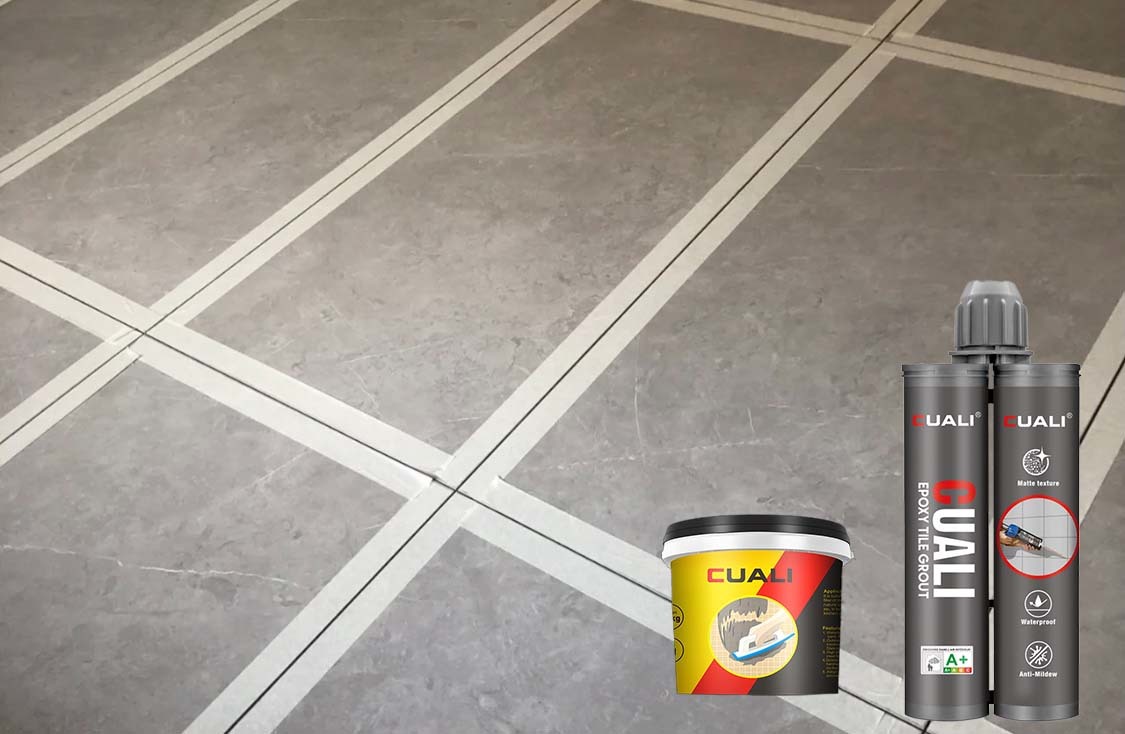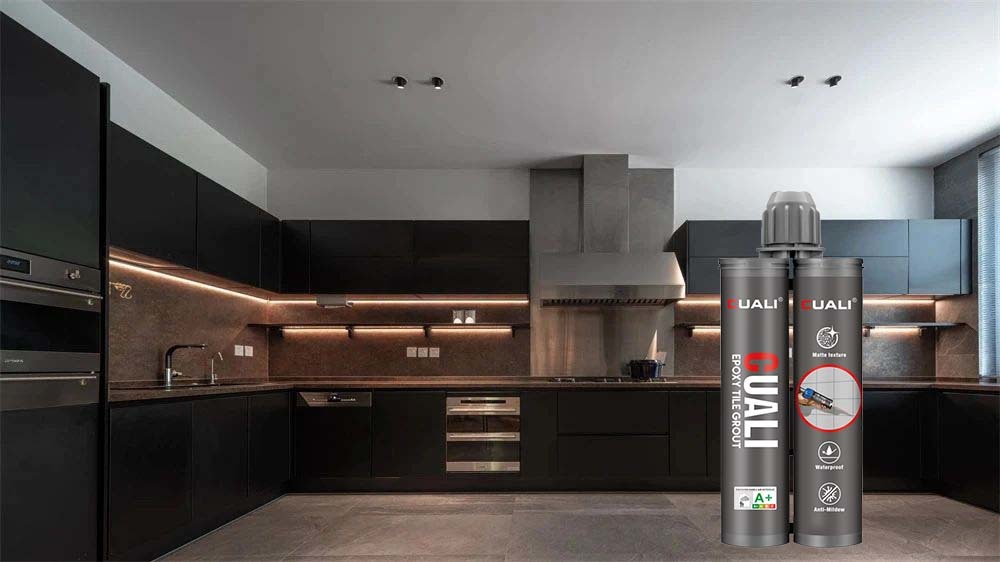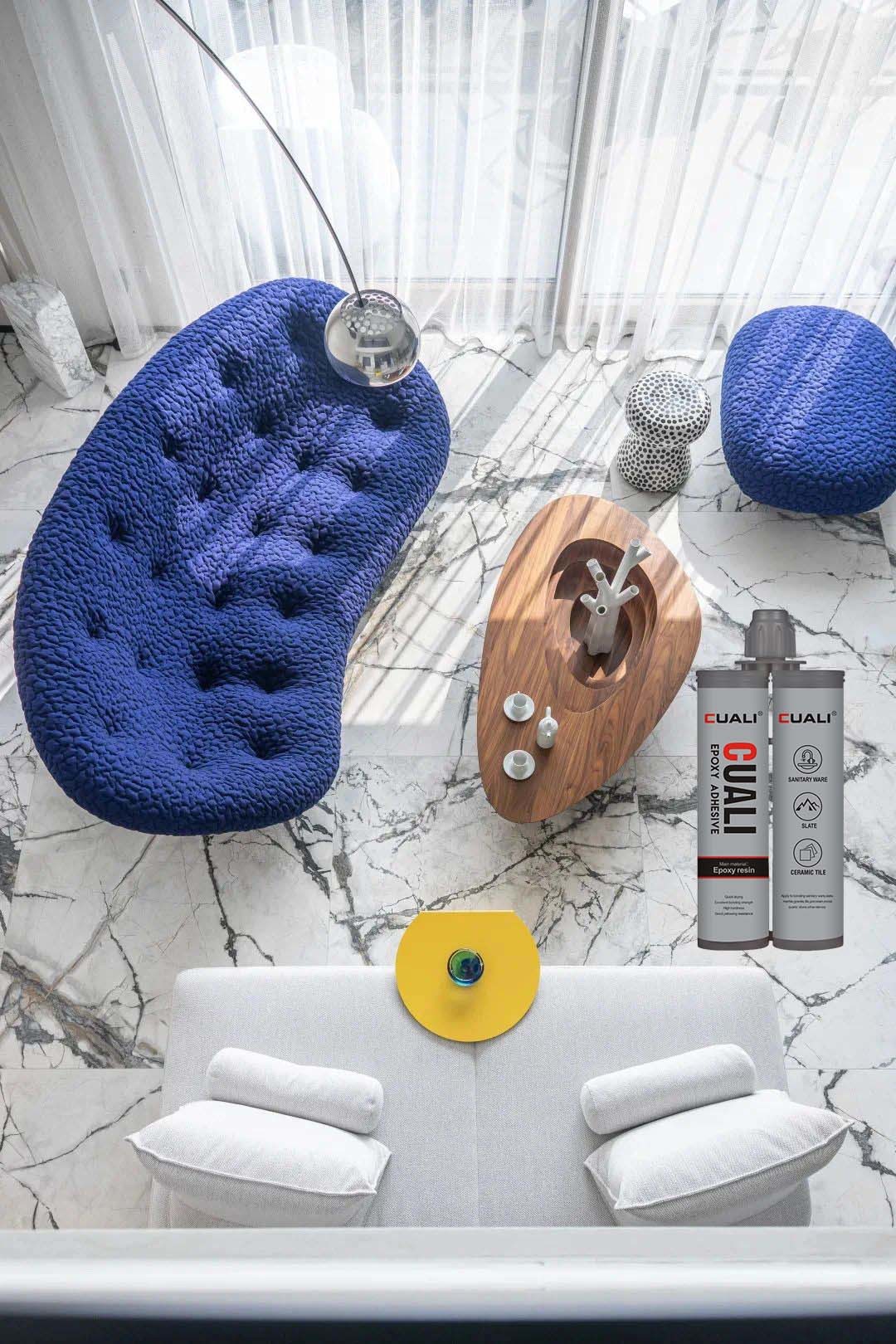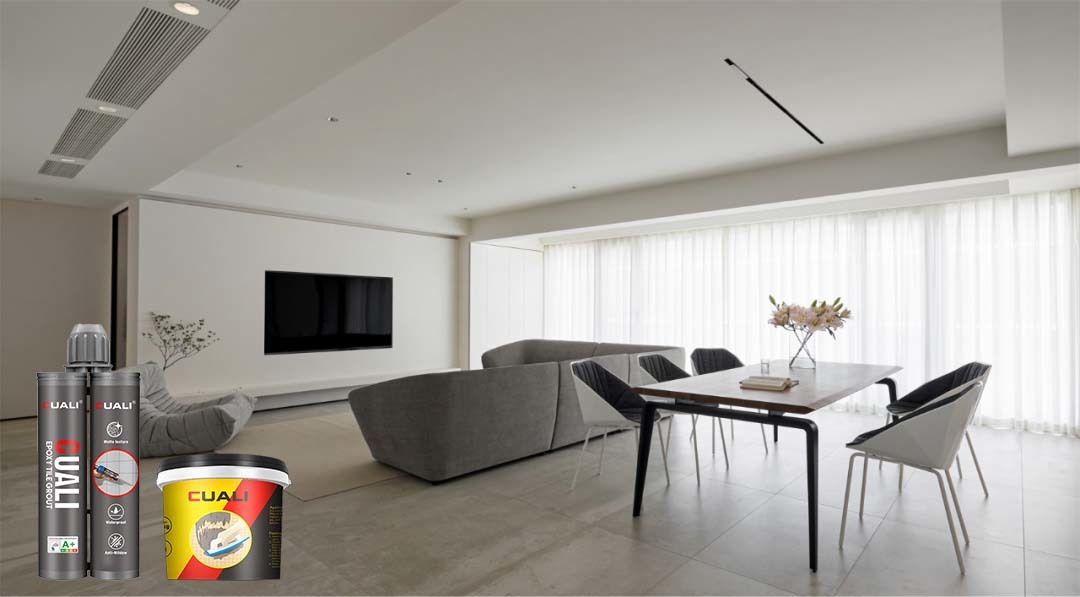
How to Choose Non-Color-Changing Epoxy Gap-Filling Grout
How to Choose Non-Color-Changing Epoxy Gap-Filling Grout
Epoxy gap-filling grout is widely used for marble, tile, and stone surfaces due to its strong adhesion and stain resistance. However, color fading or yellowing over time (especially from UV exposure, moisture, or chemical damage) can ruin the aesthetic of your space. Follow these steps to select a high-quality, non-color-changing option:
1. Prioritize UV-Resistant Formulas (Critical for Sun-Exposed Areas)
UV rays are the top cause of epoxy grout yellowing—especially for light-colored grouts (white, beige, light gray) used outdoors (patios, balconies) or near windows.
- Look for "UV-Stabilized" Labels: Choose products explicitly marked "UV-resistant" or "UV-stabilized." These contain additives that block UV penetration and slow down oxidation, preventing yellowing even after 5+ years of direct sunlight.
- Avoid Generic Epoxies for Outdoor Use: Regular epoxy grouts without UV protection may start yellowing in 3–6 months under sun exposure. For marble patios or window-side marble tiles, opt for brands specializing in outdoor epoxy
2. Check for Non-Yellowing Resin Types
The base resin of epoxy grout directly affects its color stability. Focus on these two high-performance resin categories:
- Bisphenol A (BPA)-Free Epoxy Resins: Traditional BPA-based epoxies are prone to yellowing when exposed to heat or light. BPA-free alternatives (e.g., bisphenol F or novolac resins) have a more stable molecular structure, reducing color shift over time.
- 100% Solids Epoxy Grout: Avoid "water-based" or "low-solids" epoxy grouts. These contain solvents that evaporate during curing, leaving gaps that trap dirt and moisture—accelerating discoloration. 100% solids formulas cure to a dense, non-porous finish that retains color better.

3. Verify Color Lock Technology or Pigment Quality
Poor-quality pigments fade or bleed easily, even if the resin is stable. To ensure long-lasting color:
- Look for "Colorfast" or "Fade-Resistant" Claims: Reputable brands test their pigments for resistance to sunlight, water, and cleaning chemicals. Check product specs for "ASTM D4587" certification (a standard for colorfastness to UV light).
- Choose Inorganic Pigments Over Organic Ones: Organic pigments (common in cheap grouts) are vibrant but fade quickly. Inorganic pigments are more stable and resist color change from moisture or cleaning agents.
- Test Sample Color Before Purchase: Buy a small sample of the grout, apply it to a scrap piece of your marble/tile, and cure it fully (per manufacturer instructions). Expose the sample to sunlight or water for 1–2 weeks—if no yellowing or fading occurs, it’s a reliable choice.

4. Consider Moisture and Chemical Resistance (for Wet/High-Use Areas)
Moisture (e.g., bathrooms, kitchens) and harsh cleaners can seep into porous epoxy grout, causing discoloration or mold growth.
- Select "Stain-Resistant" and "Mold-Resistant" Formulas: Non-color-changing epoxy grout should have a low water absorption rate (<0.1%). Look for additives like antimicrobial agents that prevent mold (which can stain grout black or green) without affecting color.
- Avoid Acid-Sensitive Grouts for Marble: Marble is alkaline, so acidic cleaners (vinegar, bleach) can etch both the stone and the grout. Choose epoxy grouts labeled "pH-neutral compatible"—they won’t react with mild cleaners, preserving both the marble and grout color.
5. Trust Reputable Brands and Read Reviews
Generic or unbranded epoxy grouts often cut corners on UV stabilizers and pigments, leading to premature color change.
- Stick to Established Brands: Brands like Laticrete, Mapei, Custom Building Products, and Ardex have a track record of producing non-color-changing epoxy grouts. Their products undergo rigorous testing for color stability.
- Read User Reviews for Real-World Performance: Look for reviews from users who installed the grout 1–2 years ago. If multiple reviews mention "no yellowing" or "color still looks new," it’s a strong indicator of quality.

Key Red Flags to Avoid
- Cheap "Quick-Cure" Epoxies: These often skip UV stabilizers to speed up curing, leading to fast yellowing.
- Grouts with Vague Color Stability Claims: If a product doesn’t mention UV resistance, colorfastness, or resin type, it’s likely not non-color-changing.
- One-Size-Fits-All Epoxies: Grouts designed for both indoor and outdoor use without specific UV protection are risky for sun-exposed areas.
Summary:
To choose non-color-changing epoxy gap-filling grout, focus on UV-stabilized formulas (for sun exposure), high-quality resins (BPA-free, 100% solids), inorganic colorfast pigments, and moisture/chemical resistance. Test samples, trust reputable brands, and avoid shortcuts—this ensures your grout retains its color for years, complementing your marble or tile surfaces.
Time:
2025-08-23
More News
